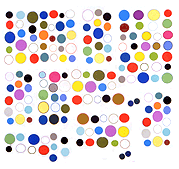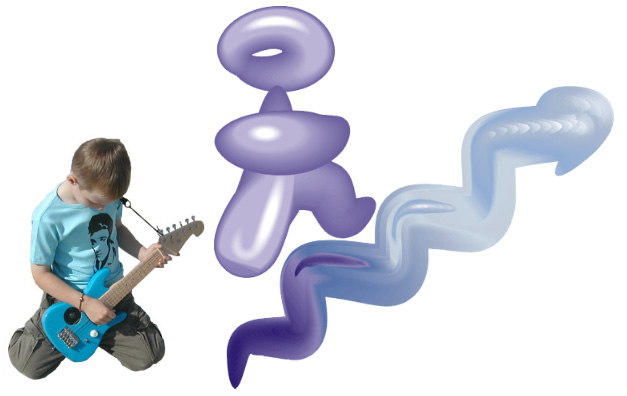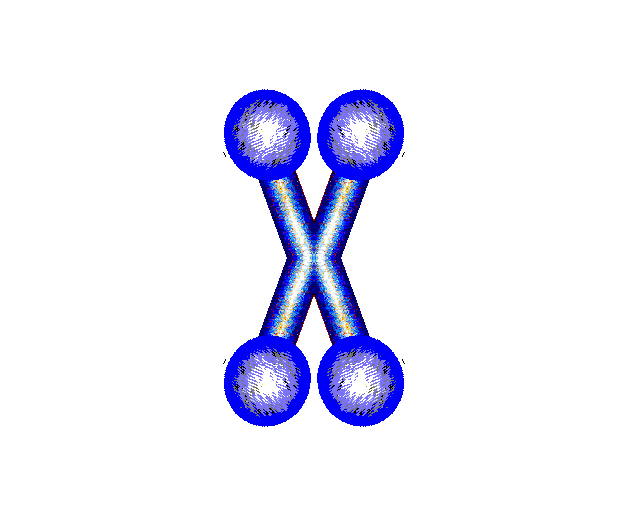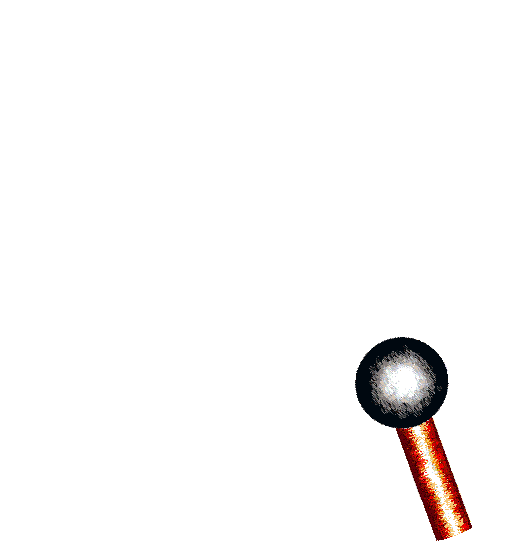"Modular Medley" [mp3 removed]
Instead of continuing to post 1.5 minute tunes I saved up a few of them and made them into a suite. The sounds are made with a combination of digital modular synths and analog effects.
Am continuing to explore using MIDI to control the Mutator filter (my one piece of vintage '90s gear).
About forty seconds into the first "movement" you can hear mirror image patterns written in the pitchbend controller grids of Cubase--one pattern for the left channel and one for the right, so there is an antiphonal effect. The sequences are "carving" pitch information out of a sustained synth note played into the filter's external audio input (and split by the filter into stereo channels). Pitched down an octave it reminds me of the eerie tuned drum bass note Goblin uses on the Suspiria soundtrack--it's instantly recognizable if you know the movie.
The Kraftwerk-y tune in the second "movement" is the MIDI demo pattern for the Reaktor SQP sequencer, drastically altered by turning the (virtual) dials on the HERW Modular-Mini synth while the sequence plays--my own patch, FWIW.
The final part consists of a Mutated and digitally delayed Sidstation solo over some analog kick sounds.



